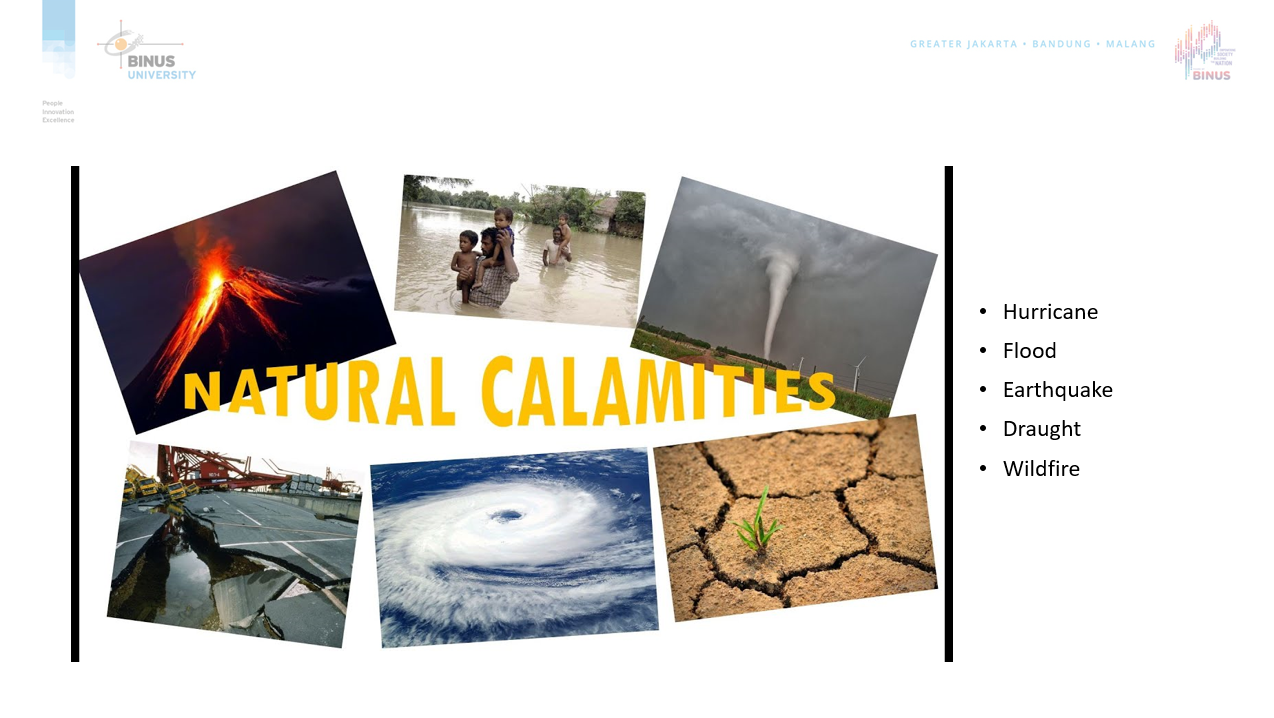Creating Crisis Management Strategies for different crisis situations

Public relations strategies and precautions
- Demonstrating a commitment to solving environmental problems and communicating sustainability initiatives to the public through CSR (corporate social responsibility)
- Use effective strategies to build authentic messages and initiatives around the company’s sustainability goals, progress, and performance
- Use mass communication tools because it provides vital support in all stages of crisis management
Pre-crisis phase:
- Mitigation: Taking steps to make sure the situation less severe, monitor what circumstances might intensify the crisis if it happens
- Preparedness: Having a concrete plan when disaster strikes, having a plan being practiced over and over again so when a disaster actually happens everyone knows what to prepare and how to act
- Identify the risks and impacts of large scale, technological, human-induced and/or sudden onset disasters resulting from natural hazards in order to prevent and/or mitigate life-threatening situations and consequential environmental damage. Trained emergency responders and environmental experts
- Assess disaster waste management needs, which often is often generated in huge quantities of solid and liquid waste in the aftermath of a disaster or conflict, threatening public health, hindering reconstruction and impacting the environment.
Crisis phase:
- Accept responsibility (if applicable). If your company is influencing the continued increase in air pollution, then it is important to accept the role the company has played.
- Communicate the actual risks
- Don’t underestimate the media and community action groups. Prepare a list of press, local officials and active citizen contacts
- Designate a faculty spokesperson in the event to an emergency
- Develop a written community public relations policy. The policy should reflect the company’s commitment to provide up to date, accurate information to the press, employees, and to the general public in the event of an accident at the facility
- Take advantage of opportunities to reach out to the community and press to cultivate relationships
- Make sure employees are aware of emergency response activities and risk reduction measures at your facility
- Prepare a background document about your facility
- Develop an interview policy. If this does not occur, the media may badger you with questions as you perform response duties
- Practice the plan. Identify difficult questions you may face in interviews and prepare answers
Post-crisis phase:
- Analyzing the disaster to learn what went right and wrong
- After-action reports as a crucial tool to help incident administrators, employers, and government agencies to improve their crisis management strategies if there is any future disaster
- Expand crisis preparation strategies, learn the security flaws, gaps in emergency communication, and coordination issues with first responders
- Focus on addressing physical damage and providing mental, emotional, and financial support for affected individuals
Specific measures and public relations in crisis:
Key communication channels: TV, press conferences, radio interviews, news channels, newspapers
Key publics: include the proponent, the regulator and the community. The range of stakeholders involved in an EIA typically includes:
- The people “individuals, groups and communities” who are affected by hte proposal
- The proponent and other project beneficiaries
- Government agencies
- NGOs and interest groups
- Others, such as donors, the private sector, academics etc.
Contributor: B2024 students
Editor: Annapurna Sinha, Ph.D.

